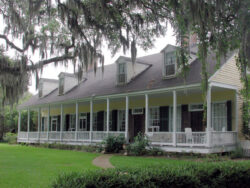Literature
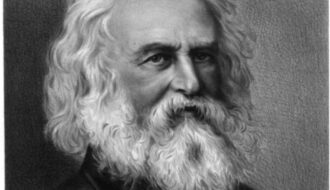
Cajuns in Literature
Acadians, Cajuns, and their history became part of American literature, often represented through romantic myth.

Acadians, Cajuns, and their history became part of American literature, often represented through romantic myth.
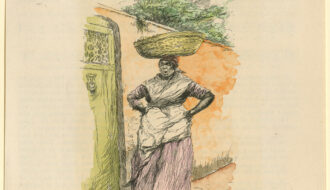
Fried rice cakes known as calas were once ubiquitous among New Orleans street vendors.
Charles Aubry was the last French governor of Louisiana before it reverted to Spanish control.
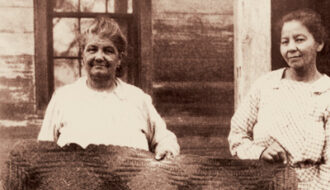
The Chitimacha Tribe is the only federally recognized tribe in Louisiana to still occupy part of its ancestral territory.

The Chitimacha Tribe is the only federally recognized tribe in Louisiana to still occupy part of its ancestral territory.
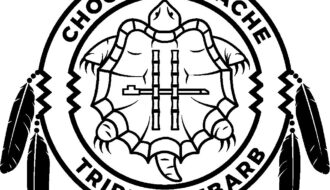
The Choctaw-Apache Tribe of Ebarb is Louisiana’s second-largest tribe, with more than seven thousand enrolled citizens.
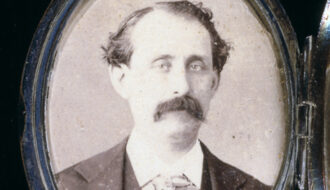
Louisiana has boasted a rich classical music traditional since early European exploration and settlement.
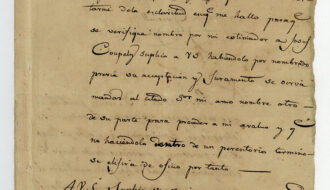
Coartación was a legal framework during Spanish colonial rule in Louisiana that allowed enslaved people to purchase their freedom.
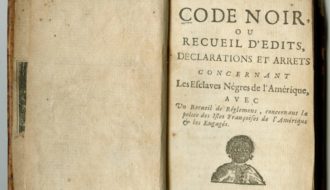
The 1724 Code Noir of Louisiana was a means to control the behaviors of Africans, Native Americans, and free people of color.
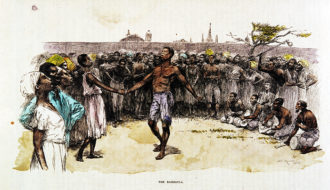
Congo Square, now Armstrong Park in New Orleans’s Tremé neighborhood, served as a gathering ground for Africans in the early years of the city.
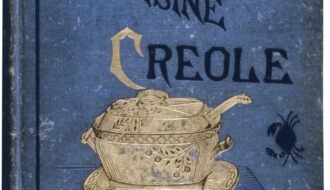
Beginning in the mid-nineteenth century, several Louisiana cookbooks collected the diverse cooking styles of Creole New Orleanians. Crescent City cookbooks continued to represent Louisiana throughout the next century.
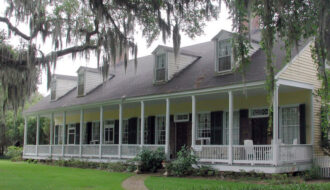
Andrew Jackson was entertained at Cottage Plantation while en route to Natchez after the Battle of New Orleans.
One-Year Subscription (4 issues) : $25.00
Two-Year Subscription (8 issues) : $40.00
